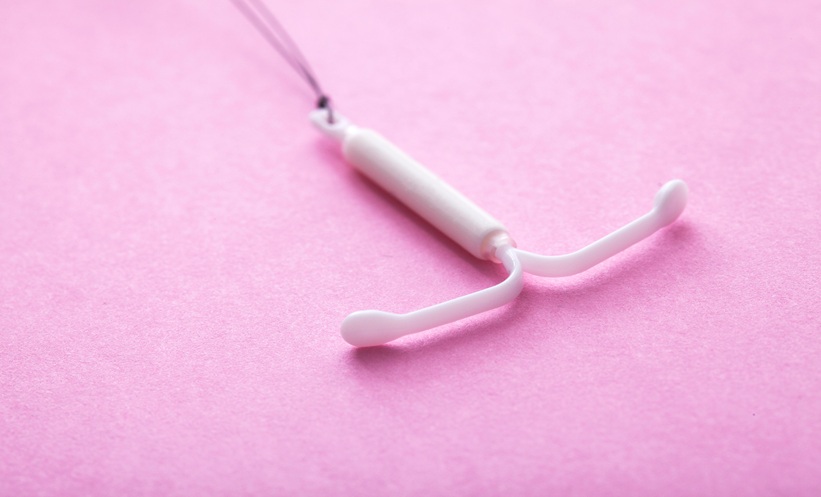A NEW study has linked hormonal intrauterine devices (IUDs), specifically Liletta and Mirena, to an increased risk of rosacea in women, a chronic skin condition marked by redness and inflammatory acne-like lesions on the face.
The study tracked rosacea incidence among women aged 18 to 50 following IUD insertion. It found that, compared to nonhormonal copper IUDs, hormonal devices were associated with significantly higher rates of rosacea one, three, and five years after placement.
For example, the 1-year incidence rate ratio (IRR) for rosacea was 1.665 for Liletta and 1.389 for Mirena, increasing further over time. In contrast, Skyla, a hormonal IUD that releases a lower dose of levonorgestrel, showed no significant increase in rosacea risk.
Dr. Cameron Rokhsar, a dermatologist and study contributor, noted that fluctuations in oestrogen and progesterone can influence skin redness and sensitivity. “We believe these hormonal changes may trigger rosacea in individuals with a genetic predisposition,” he said.
While removing the IUD could reduce symptoms, experts stress that rosacea is treatable. Dermatologists can manage inflammatory lesions with oral or topical antibiotics, while laser therapy can help with persistent redness and visible blood vessels.
Dr. Lycia Thornburg of Rapid City Medical Center emphasised the importance of personalised care: “Patients should keep a diary to identify their unique rosacea triggers, anything from spicy food to skin care products.”
As hormonal IUDs remain a popular form of long-term contraception, the study highlights the need for informed decision-making and proactive skin monitoring in patients with known sensitivity or family history of rosacea.
Reference
Arza A et al. Incidence of rosacea associated with hormonal intrauterine devices: A comparative study with nonhormonal intrauterine devices. JAAD. 2025;DOI: 10.1016/j.jaad.2024.10.029.








